One of the easiest things an equipment operator can do to stay safe is to fasten his or her seat belt. Wearing a seat belt protects against injury in the event of a serious accident. It can also help the operator maintain control during sudden extreme movement. Nevertheless, we continue to see serious injuries and fatalities resulting from lack of seat belt usage. MSHA engineers estimate that 3-4 miners’ lives could be saved each year if seat belts were used universally. MSHA regulations require the use of seat belts in most equipment and circumstances. Seat belt design is evolving in terms of operator comfort and responsiveness. For example, some will tighten when equipment reaches a critical tilt point. There are also a growing number of tools available to ensure that seat belts are used by operators and visible to supervisors. These range from standard reminder chimes to cab-top lights that change color when the seat belt is buckled. What’s important is that functioning seat belts are made available and are used by all equipment operators at all times.
Seat Belts Save Lives
Any one of the accidents below could have been fatal, but the drivers survived -- some injury-free -- because they were wearing seat belts.
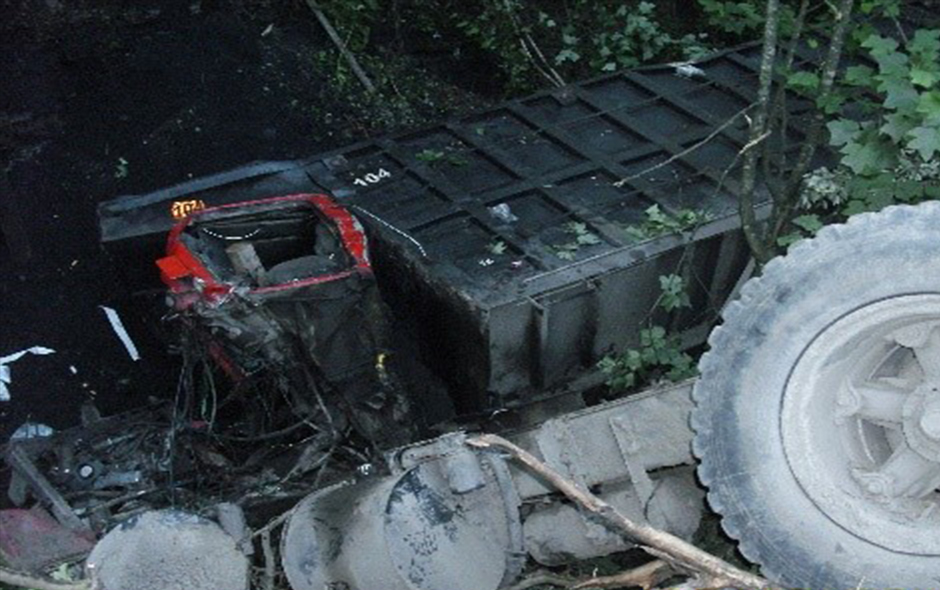
After its brakes failed, the truck ran over an embankment.
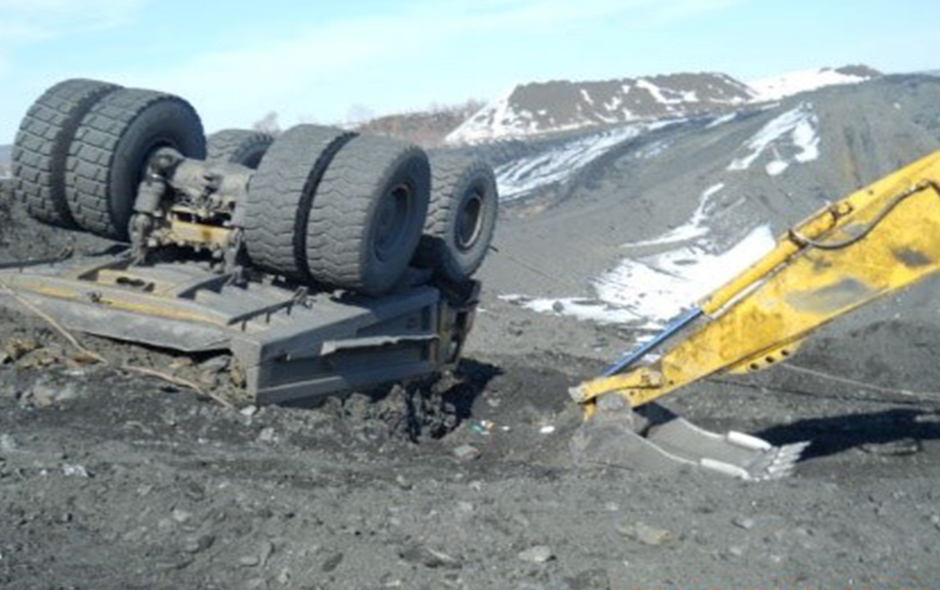
When a bank collapsed, the haul truck rolled 25 feet and landed upside down.
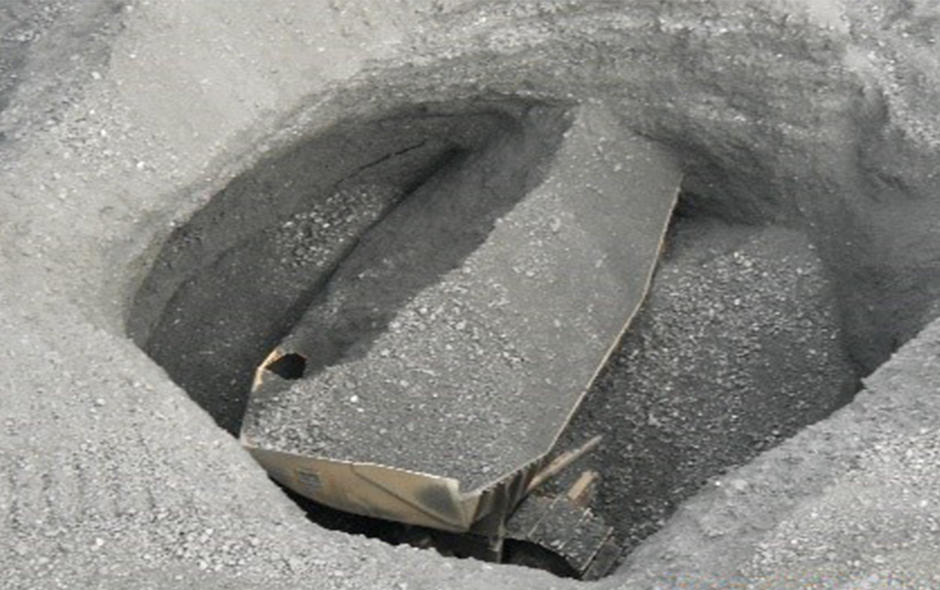
A bulldozer broke into a cavity in a raw coal stockpile above the feeder.
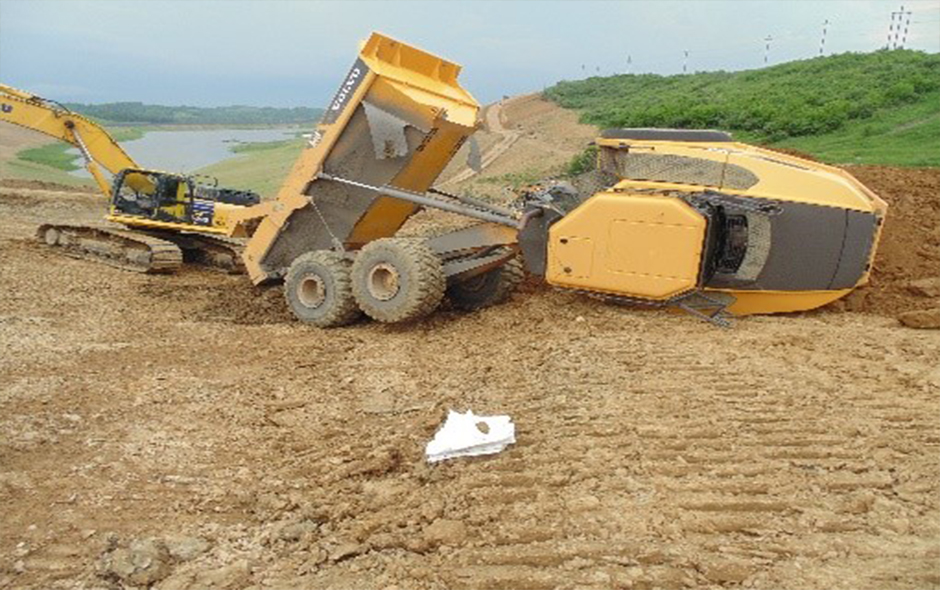
The cab was lifted off the ground and fell on its side while unloading.
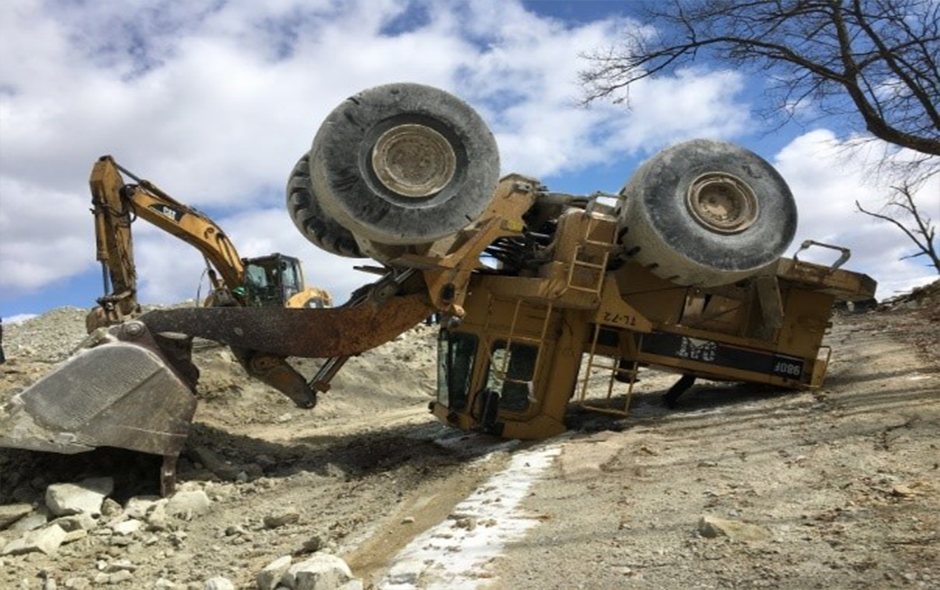
The operator backed over a roadway berm and the front-end loader rolled onto its roof.
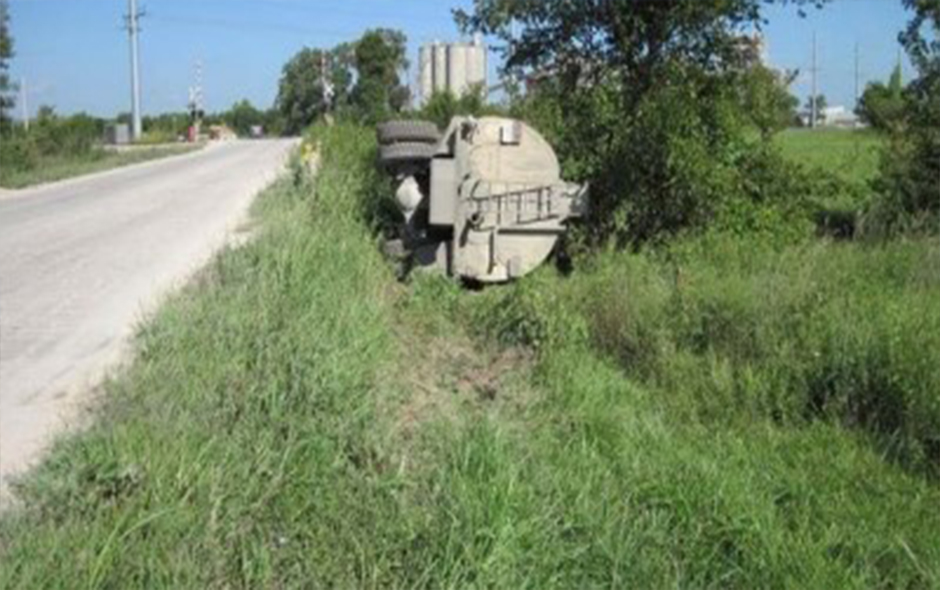
The front wheel of the water truck dropped off the pavement and the truck tipped over.
Key Safety Practices:
- Implement and enforce a “condition of employment” seat belt policy; maintain zero tolerance for nonuse or misuse
- Reinforce the importance of seat belt use through training and orientation programs
- Regularly check seat belt components to be sure they function properly
